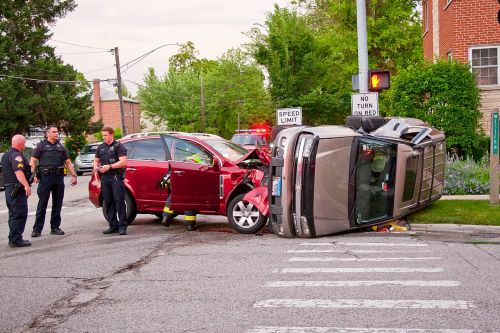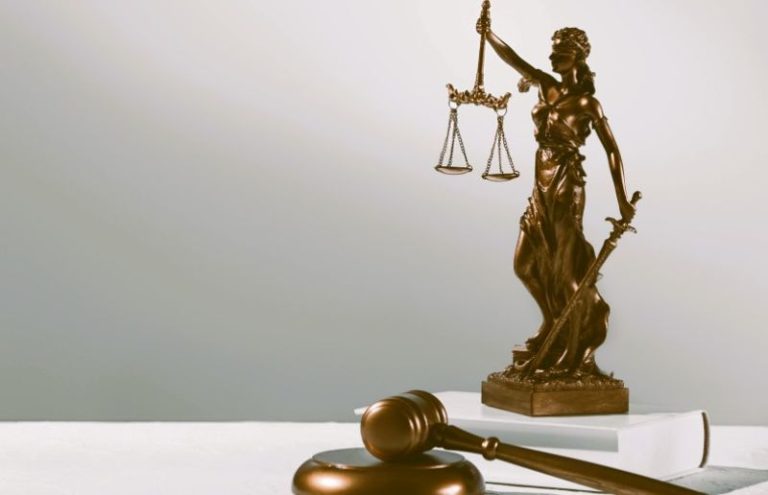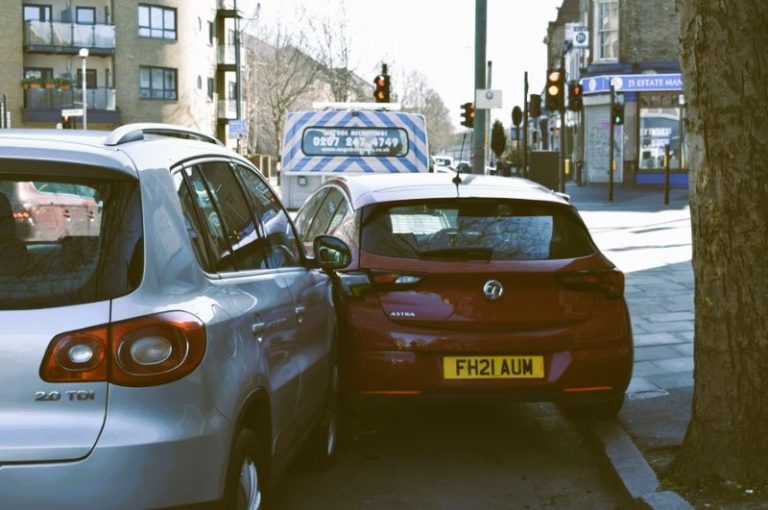

Intersections are some of the most dangerous areas on the road. They account for nearly one-quarter of traffic fatalities and nearly half of traffic injuries in the U.S. The sheer volume and concentration of vehicles, pedestrians, and cyclists traversing through intersections significantly increases the risk of accidents, especially when road users don’t follow traffic rules or are simply distracted.
Fortunately, there are a few ways you can mitigate the threats of traversing through risky intersections. In this article, we’ll look at some of the reasons intersections are so dangerous and what you can do to protect yourself.
Why Are Intersections So Dangerous?
You have a higher chance of getting involved in an accident at an intersection than at any other place on the road. While most intersection accidents are attributed to poor designs, faulty or non-functioning traffic lights, and lack of road signs, road users also have a part to play.
Here are some of the most notable reasons intersections are so dangerous:
Speeding
Entering an intersection at high speeds limits your ability to stop or slow down when necessary. It also reduces your reaction time when in a potential collision with oncoming traffic, making it more likely to collide with an oncoming vehicle.
If you’re unsure how to handle the aftermath of such a collision, you can always contact a good lawyer and get free car wreck advice to better understand your options and protect your rights. Taking prompt action can make a significant difference in securing fair compensation and ensuring that you’re fully covered for any damages or injuries sustained.
Failure to Give Right of Way
Yielding the right of way is not just a courtesy – it’s a traffic rule that could cause serious accidents if not followed. It’s common knowledge that you should yield to the vehicle or pedestrian that arrived first. However, some drivers, either due to ignorance or lack of attention, attempt to cut through traffic by entering an intersection without stopping or slowing down first.
This significantly increases the risk of T-bone and pedestrian crashes, which result in fatalities and serious injuries in most cases.
Illegal Left Turns
Approximately 22% of traffic accidents at an intersection involve a left-turning vehicle. Most of these accidents are attributed to drivers making illegal left turns, failing to yield the right of way, or failing to check for oncoming traffic.
That said, most intersections have markings indicating where you should make a left turn, mainly in the form of multiple left turn arrows or white dash markings. However, even in cases where the intersection isn’t clearly labeled, you should follow general traffic rules. Essentially, you should make a left turn at the left lane or turn with the flow of traffic.
What Can You Do to Protect Yourself When Crossing an Intersection?
Despite the elaborate signages used at intersections, you’re fully responsible for your and other road users’ safety when crossing an intersection. In that regard, here are a few things you can do to guarantee safety at intersections:
Pay Attention to Your Surroundings
One of the first things any driving instructor will tell you when you step into the vehicle is to be mindful of your surroundings. This involves everything from paying attention to the road and road signs to watching other road users around you, including pedestrians and cyclists.
That said, staying vigilant when crossing an intersection is even more necessary in areas where not every direction is visible due to buildings, trees, or other vehicles. In such cases, it is advisable to approach the intersection slowly and move with the flow of traffic while paying close attention to other road users.
Keep Your Distance
23% of traffic accidents are rear-end collisions. The reason behind this is simple: When you follow the vehicle ahead of you too closely through an intersection, you have limited space to slow down if it comes to a sudden stop.
That’s why it’s always advisable to follow the three-second rule. The rule states that you should be able to count at least three seconds before passing a point on the road that the vehicle in front of you passes. This gives you enough time to respond if it stops suddenly and limits the chances of getting into an accident.
Don’t Speed Through the Intersection
Speed kills, and this couldn’t be truer for intersections. Most drivers who speed through intersections over-anticipate their ability to predict the other road users’ actions. Unfortunately, humans are unpredictable, so in most cases, you’ll end up making a false assumption.
That said, if you’re going too fast, you won’t have enough time to respond appropriately if the vehicle ahead of you makes a surprising move, leading to an accident. Ideally, you should start slowing down immediately when the light turns yellow and stop when it turns red.
Use Your Signals
Improper turn signals and failure to use them correctly account for nearly 2 million accidents per year. Essentially, you should always let other road users know of your intentions through your turn signals. This gives other drivers, cyclists, and pedestrians enough time to plan for your change in the safest way possible.
While you’re at it, don’t use your signals too far in advance, as this may cause frustration and confusion in other drivers.
Always Be Ready to Stop
People don’t always drive safely at intersections. The same notion applies to pedestrians who quickly enter the intersection without checking if it’s safe. In such cases, you need to be able to stop abruptly to avert an accident. That’s why it’s always advisable to slow down when entering an intersection to increase your likelihood of stopping in time.
Enter Intersections Carefully
You should always enter intersections carefully. This includes everything mentioned above and following set traffic rules. Even if the light is green and you have the right of way, you should never be oblivious to other road users’ actions, including those coming from the opposite direction.
The Bottom Line
Your safety when crossing and entering an intersection lies solely in your hands, despite elaborate road designs and set laws to keep you safe. While there are many potential dangers in intersections, being mindful of your surroundings and following traffic rules could significantly increase your chances of getting home in one piece.


